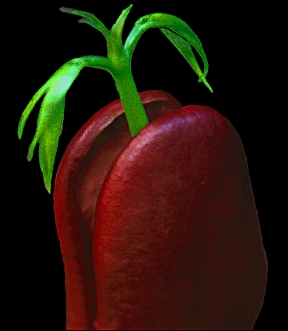Primary School Level
Goals
- To develop a naturalistic value that enhances a child’s curiosity, exploration, and discovery
- To form a negativistic value that helps a child avoid harm and injury; minimize risk and uncertainty; and experience feelings of awe, humility, and respect for forces greater than the self
- To help children achieving self-confidence and self-esteem
- For 1 – 2 weeks, the children will stay together in lodging facilities next to the tropical rainforests but not far from the local community
- They have to take care of daily activities by themselves with minimum help from the project staff
- In the early morning and late afternoon, initially they will go for a walk at the margin of the forests accompanied by the project staff; later they will enter the forests within a safe distance under close supervision by the staff
- In addition to observing and exploring the nature and wildlife, the children will interact with the local children and people in their villages, gardens, or soccer field just for getting to know the rural life in the developing country.
Secondary School Level
Goals
To develop a scientific value that fosters a child’s capacity for observation, analysis, and empirical examination; critical thinking and problem solving; and appreciation and respect for the diversity and complexity of creation
Method
For 2 – 4 weeks, will do the same activities as the primary school children with the addition of the following:
- They will go deeper in the forests and stay overnight at the lodge in the forest with the staff
- They will record what they have seen or found in the forests
- Back in the station, they will discuss the records among themselves and with the staff. The main target is to find species that have never been described by any expert before
- For known endangered species they encounter, they have to estimate the population size. These data is crucial for IUCN to update the Red List of endangered species
- They will interact with the local community to find out the perception of the locals on the conservation and to find a conservation model that benefits both the locals and the wildlife.
- The children will summarize on what they learned, what they think they can change or do differently, their actions back home, and then set their personal goals on what they want to reach, how, when, by when, with whom they will work.


